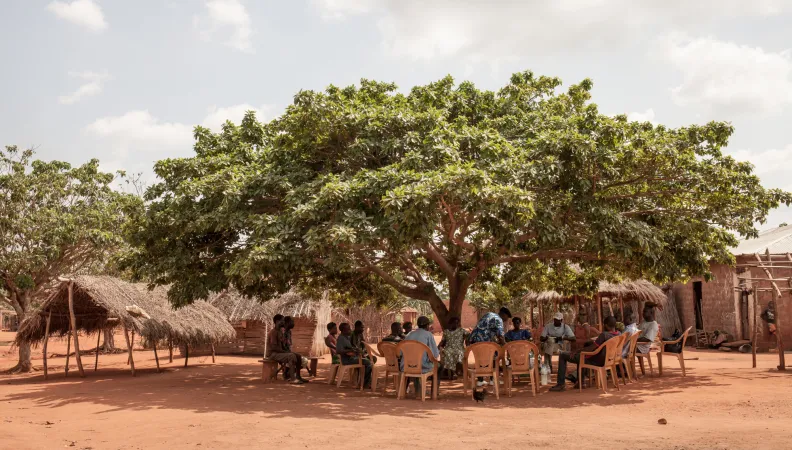Share the page
“Underpinning action and efficiency to put impetus behind current and future projects”: interview with Clémentine Dardy
Published on

In creating a role dedicated to capitalisation in September 2020, the FFEM identified this as a stronger strategic direction for the coming years. Clémentine Dardy, who holds the position, takes us through the challenges and envisages projects to come.
Clémentine Dardy, Capitalisation Lead at the FFEM
What's the philosophy behind how capitalisation is handled at the FFEM?
Clémentine Dardy: Pairing innovation with capitalisation is the essence of the FFEM’s identity. We showcase new approaches, techniques, technologies and methodologies. Once these innovations are proven to work, they need scaling-up to deliver greater environmental and social impact. The diversity of project approaches, action themes and geographical areas that we support provides fertile ground for a well-considered and wide-angle approach.
How does this translate on the ground?
C. D: Rather than undertaking basic research, it's all about underpinning action and efficiency to put impetus behind current and future projects. The challenge is not only to learn from all the successes and good practices, but also to draw inspiration from every obstacle overcome, so that we can share them with those active in the sector. Historically, FFEM projects have included a systematic evaluation, with criteria that interrogate the sense of the actions supported both during their structuring and implementation, but also on completion. Capitalisation relies on these initial assessment elements, but the approach also makes us take a deeper look, focusing on the lessons for future considerations and interventions. It compares projects through a “bundled” logic that’s part thematic, part regional, and can be done at different scales.
What are the implications of your new position for the FFEM?
C. D: The FFEM has made capitalisation assessment a major strategic direction for the coming years, while also providing the tools needed. We have several large projects in front of us: centralising and sharing project information while avoiding data fragmentation, putting in place refined steering tools to improve project evaluation, strengthening the links between project instruction and their follow-up and evaluation. We’re currently working on this in an improved partnership approach with those involved on the ground and other institutions. This year, the international agenda will offer us significant channels for promoting and sharing these works.
